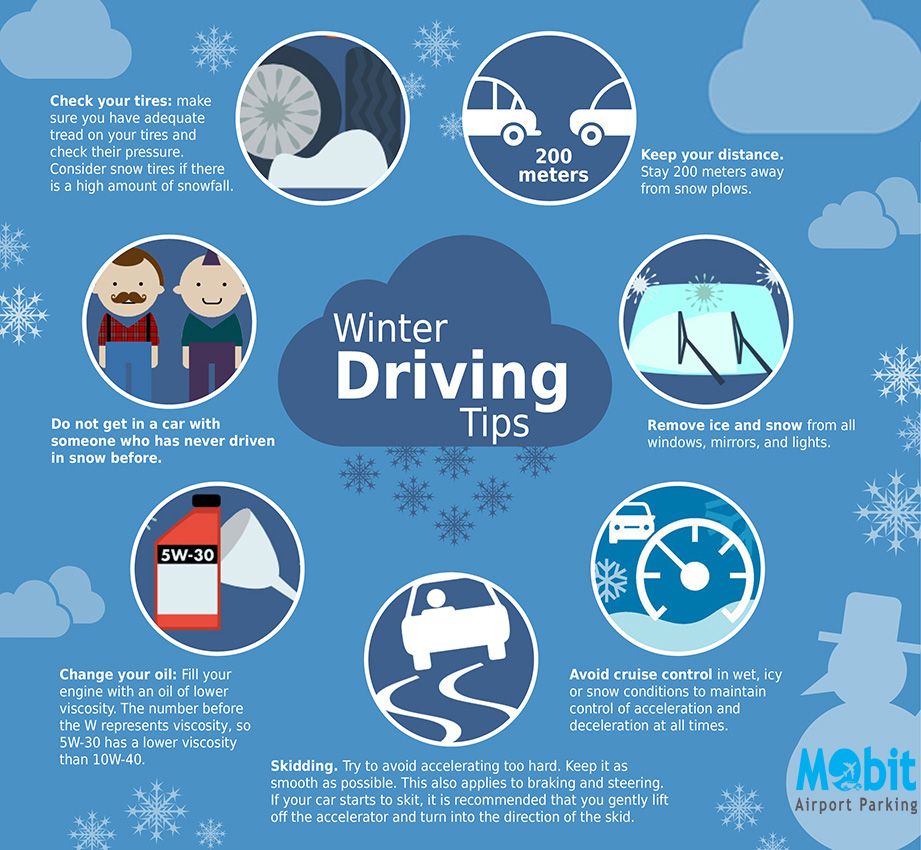When it comes to checking tire tread, there are a number of methods that can help you know if it’s time to replace a tire. Heavily worn tread will prevent a tire from performing as designed and can lead to unsafe driving conditions. One of the simplest, most common ways to check tread depth requires nothing more than a penny and a few moments of your time.
In the United States, tire tread depth is measured in 32nds of an inch. New tires typically come with 10/32” or 11/32” tread depths, and some truck, SUV and winter tires may have deeper tread depths than other models. The U.S. Department of Transportation recommends replacing tires when they reach 2/32”, and many states legally require tires to be replaced at this depth.
The idea of the penny test is to check whether you’ve hit the 2/32” threshold. Here’s how it works:
Place a penny between the tread ribs on your tire. A “rib” refers to the raised portion of tread that spans the circumference of your tire. Tire tread is composed of several ribs.
Turn the penny so that Lincoln’s head points down into the tread.
See if the top of his head disappears between the ribs. If it does, your tread is still above 2/32” , If you can see his entire head, it may be time to replace the tire because your tread is no longer deep enough.
When performing the penny tire test, remember not only to check each tire, but to check various places around each tire. Pay special attention to areas that look the most worn. Even if parts of your tread are deeper than 2/32”, you should still replace the tire when any areas fail the penny test.
Consistent wear around the whole tire is normal, but uneven tread wear could be a sign of improper inflation, wheel misalignment, or a variety of other things. If you see uneven tread wear, you should have a technician inspect your vehicle.
A simple way to check your tire tread depth is by using a tread depth gauge.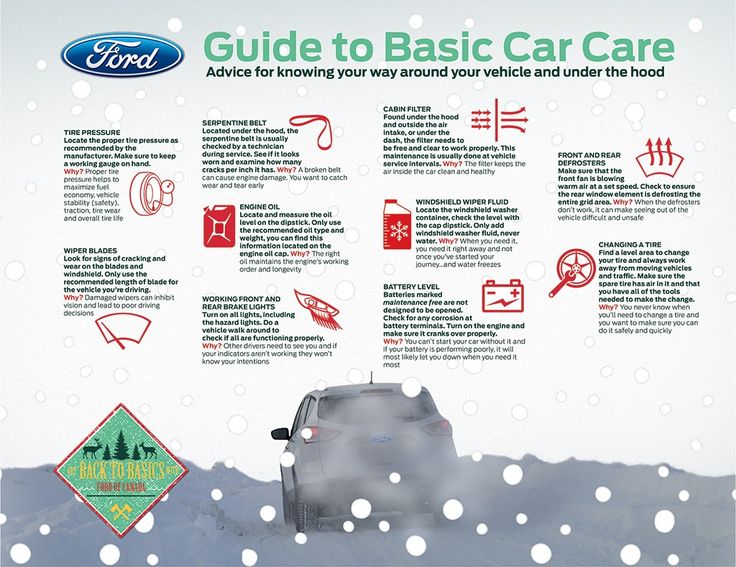 You can find tire tread depth gauges at your local auto parts store. There are many models available, but an inexpensive simple graduated probe gauge will work just fine. All you have to do is stick the probe into a groove in the tread and press the shoulders of the probe flat against the tread block and read the result. All gauges should measure in both 32nds of an inch and millimeters.
You can find tire tread depth gauges at your local auto parts store. There are many models available, but an inexpensive simple graduated probe gauge will work just fine. All you have to do is stick the probe into a groove in the tread and press the shoulders of the probe flat against the tread block and read the result. All gauges should measure in both 32nds of an inch and millimeters.
Another indicator of worn out tread already lives in your tires themselves. Every performance, light truck, or medium commercial tire comes equipped with indicator bars (or wear bars) embedded between the tread ribs at 2/32”. They’re there to help you monitor tread depth and make decisions about tire replacement. Just look to see if the tread is flush with the indicator bars. If they are, it’s time to replace the tire.
While the penny tire test does deliver on what it promises – indicating whether tread has reached the legal limit – it may not be the best indicator of whether your tires are safe for the road.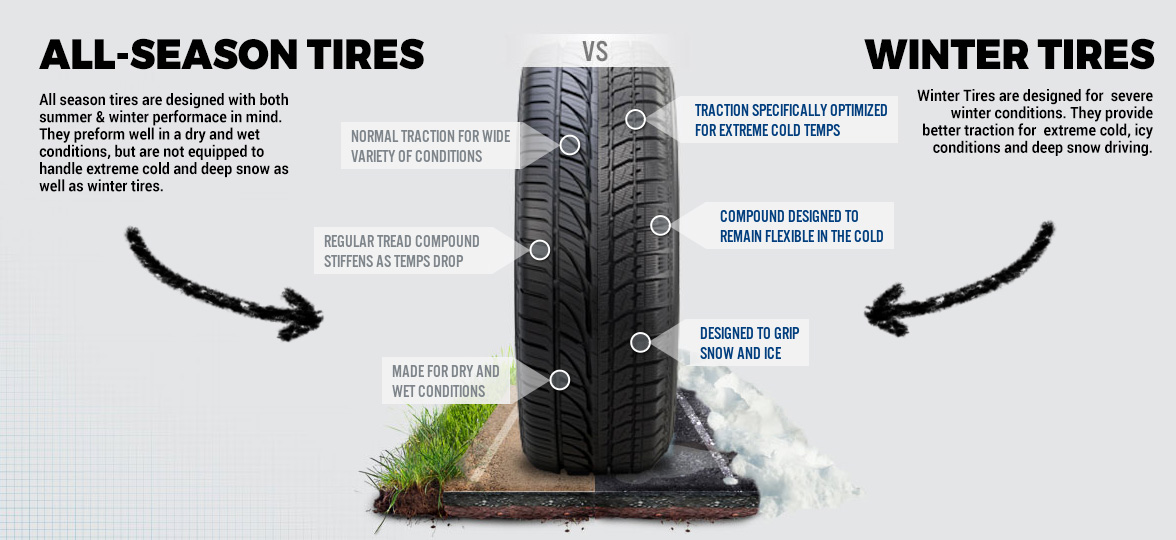 Tire performance can diminish significantly before your tread hits 2/32”. Even though the law deems fit for safe driving may not prevent you from hydroplaning or losing control in rainy, slushy conditions. If you think your tires may be close to needing replacement, have them checked out by a licensed mechanic.
Tire performance can diminish significantly before your tread hits 2/32”. Even though the law deems fit for safe driving may not prevent you from hydroplaning or losing control in rainy, slushy conditions. If you think your tires may be close to needing replacement, have them checked out by a licensed mechanic.
Your tires form the essential bond between your vehicle and the ground. The tread grips the road as you drive. But if it's not deep enough, your car loses traction and suffers extended braking times. Shallow tread grooves make it harder to control the vehicle in wet weather and the chance of aquaplaning increases. To ensure your safety, measure the tread depth as part of your regular vehicle maintenance.
Tread is the rubber on the tire that touches the road. New tires have an average tread depth of 8 to 9 millimeters (10/32 to 11/32 inches). As you drive, the tread will wear down. A tire with a tread depth below 1.6 millimeters (2/32 inches) lacks grip. Braking distance and vehicle control are impaired. These tires are not safe for driving and must be replaced.
Braking distance and vehicle control are impaired. These tires are not safe for driving and must be replaced.
Please consider that safe driving in wet and snowy weather conditions is affected by the tread depth, the pattern design and the rubber compound of the tread of your tires. On wet or snow-covered roads braking performance will progressively decline with lower tread depths. On wet roads there is an additional increased risk of aquaplaning with fading tread depths.
Therefore, check your tires regularly, reduce your speed on wet and snowy roads and consider replacing your tires in good time.
Ensure your vehicle is equipped with the correct winter, summer, or all-season tires.
Tread wear indicators, or wear bars, are spaced evenly through the main grooves in the tire tread. If they are flush with the level of the tread, then the tire should be replaced.
Several winter tire models are equipped with winter tire wear indicators. If they are flush with the level of the tread, the tire is no longer suitable for winter driving conditions.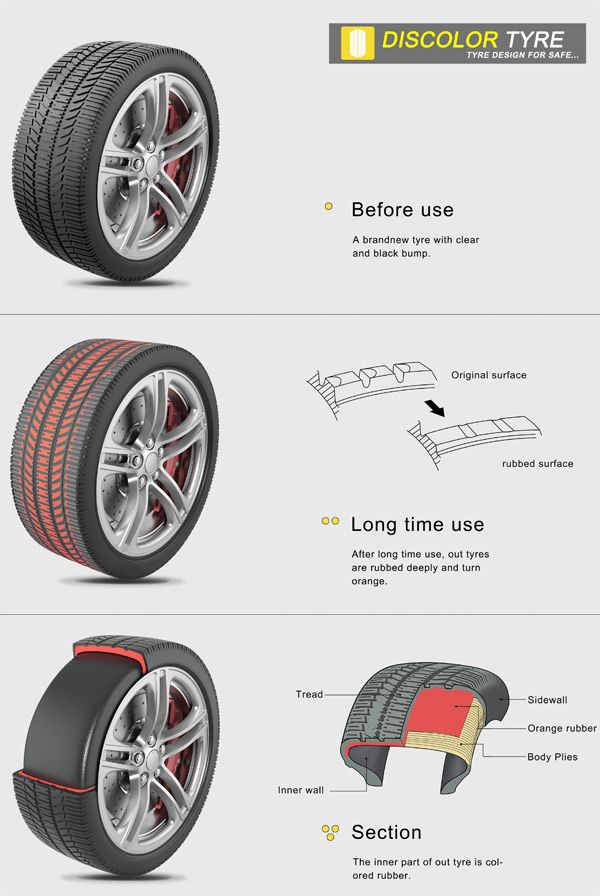 In some locations, they may also no longer legally qualify as winter tires.
In some locations, they may also no longer legally qualify as winter tires.
If you have a tire tread depth gauge, use it to measure the tread depth. Insert the probe bar into the groove and push the shoulders flush with the tread. Check the top of the gauge to see the measurement. Alternately, a small ruler can be used.
Be sure to check in various locations. A misaligned wheel may result in uneven treadwear. Keep an eye open for any areas that look more worn than the surrounding surface. The tire's tread should be judged by the lowest depth you measured.
If you are uncertain of the measurements, take your vehicle to a service center.
While measuring the tread, look for cupping, or scalloping. These are small scoops, or divots, carved from the tread. They can indicate misalignment or other problems with your vehicle. Take your car to a service center.
Also, watch out for bulges in the tire tread or sidewall.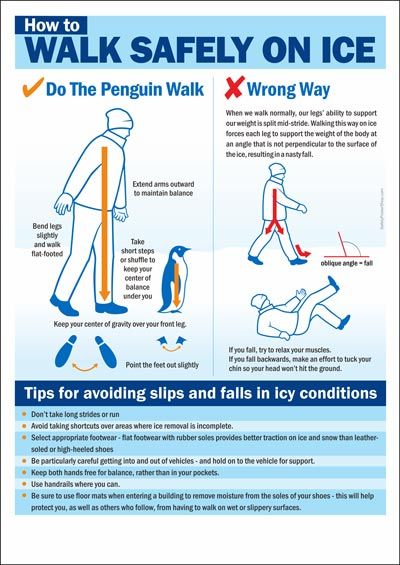 They are not safe. You need to get a new tire.
They are not safe. You need to get a new tire.
2022/25/04
Tire pressure
How can I check the tire pressure and why is correct inflation important? ➨ Find out more about simple tips in our tire pressure guide!
Read more
2022/25/04
Retorquing wheels
Whenever you have new wheels and tires fitted to your car, it’s essential for road safety to have the lug nuts retorqued after the first 50 kilometers.
Read more
2022/25/04
Balancing tires
Proper tire balance will distribute weight equally around the entire circumference of the tire. Unbalanced wheels cause vibrations and premature wear.
Read more
It doesn't matter if it's summer, winter or all-season tires: tread depth is extremely important. To confirm this statement and determine what the minimum tread depth is, ADAC experts tested winter tires in size 185/60 R14 in new condition and with different tread depths.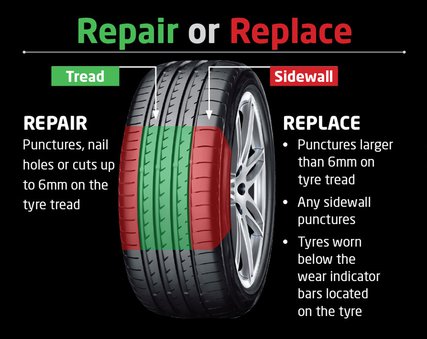
It is a well-known standard that the minimum tread depth for passenger car tires in Europe is set at 1.6 mm to ensure road safety.
But ADAC's extensive testing has proven that the legally defined profile depth limit only describes a margin of safety. For summer tires, the profile must have a depth of at least three millimeters, and at least four millimeters for winter and all-season tires. Less depth will be critical on wet roads, snow or slush.
The legal situation is clear: when your car tires (usually eight to nine millimeters tread depth when purchased) have worn down to the minimum allowable mark of 1.6 mm, they become more unusable and must be replaced.
However, in some European countries, such as Austria, winter tires with a tread depth of less than four millimeters are considered summer tires and are even allowed to be driven on certain routes in winter.
Check the tire tread depth several times a year for your own safety, and remember that the minimum tread depth of 1. 6 mm is strictly legal. For safe driving, tires should be changed from a tread depth of 3 or 4 mm.
6 mm is strictly legal. For safe driving, tires should be changed from a tread depth of 3 or 4 mm.
In order to find out what effect a small tire tread depth has on tire performance, the ADAC test team tested 185/60 R14 winter tires in new condition (profile depth of about 8 mm), as well as worn with 7.5 and 4 mm tread depth.
On snow, the differences between new and used tires were most pronounced. The braking distance of tires with a profile depth of 4 mm was already 3.2 meters longer at a speed of 30 km/h than with new tires.
Even more dramatic were the differences in traction when the tires needed good grip at launch or on inclines. The traction force depends on the depth of the sipes: the tread grooves "capture" loose snow, and the edges of the sipes adhere to a harder surface.
Here, even the 7.5 mm residual tread option can only gain 60% of the traction compared to the new tire, notes a Shina.Guide technician. Tires with a tread depth of 4 mm do not even reach half the result of new winter tires. What can we say about tires with a legally fixed minimum tread depth of 1.6 mm, which simply have nothing to row snow with.
Tires with a tread depth of 4 mm do not even reach half the result of new winter tires. What can we say about tires with a legally fixed minimum tread depth of 1.6 mm, which simply have nothing to row snow with.
During the test, the ADAC testers tried, among other things, to evaluate the traction of summer tires on snow, but the most they could show was a quarter of the traction of a new winter tire and more than 7.5 meters of additional braking distance at a speed of 30 km/h .
On wet pavement, it is important to avoid sudden hydroplaning, which means that tires with longitudinal grooves and sipes should absorb and displace as much water as possible.
Tires worn down to 4 mm begin to “float” on the water already at a speed of 63 km/h, while new winter tires do not until the moment when the speedometer needle reaches 87 km/h.
In braking performance from 80 km/h on wet road surfaces, tires with a profile depth of 4 mm lose 7% of the braking distance to the new ones.
The difference in stopping distance between new and worn winter tires on dry pavement is also present. But the advantage in this matter is on the side of tires with a small residual tread depth. The reason is simple: flattened tread blocks deform less during braking, so more of the tread is in contact with the asphalt. However, dry roads are hardly a common occurrence even in countries with mild winter climates, and it turns out that in practice there are no advantages!
Testing with winter tires proves the enormous effect tread depth has on winter tire performance. And this also applies to summer and all-season tires. If you want to be safe, you should change the tires on your car no later than the moment when the minimum tread depth reaches three or four millimeters .
A warning to all motorists: using winter tires in summer is a bad idea. Due to the peculiarities of the tread pattern and the rubber compound, their braking distance is much longer compared to summer tires.
Alexander Alekseev
July 5, 2019
July 5, 2019
One of the most popular questions among motorists in this article will be answered by experts from the General German Automobile Club, better known to us as ADAC.
Whatever tires are used on a car: winter, summer or all-weather, its tread depth is one of the most important factors. It affects most tire performance: handling, aquaplaning, stopping distance under different driving conditions .
To prove this, ADAC tested winter tires in size 185/60 R14. Each set of tires had a different tread depth.
There is a European standard, according to which the minimum depth for safe movement on the roads of passenger cars will be 1..jpg) 6 mm.
6 mm.
Tests carried out by ADAC employees have proven that the specified parameter relates more to the safety factor of rubber. As for the depth itself, then for summer tires it should be at least 3 mm, and for winter and all-weather tires - about 4 mm .
Find tires by vehicle or specifying size
As a rule, the tread depth of new car tires is about 8-9 mm. During the operation of rubber, this parameter gradually decreases. As soon as it reaches the 1.6 mm mark, these tires become unusable and must be replaced - this is the legal position in most European countries.
In order to prevent the tire tread depth from falling to a critical level, experts advise constantly monitoring this parameter.
Every driver must remember that a depth of 1.6 mm is only a legal standard. In practice, for safe driving, this figure should be at least 3-4 mm .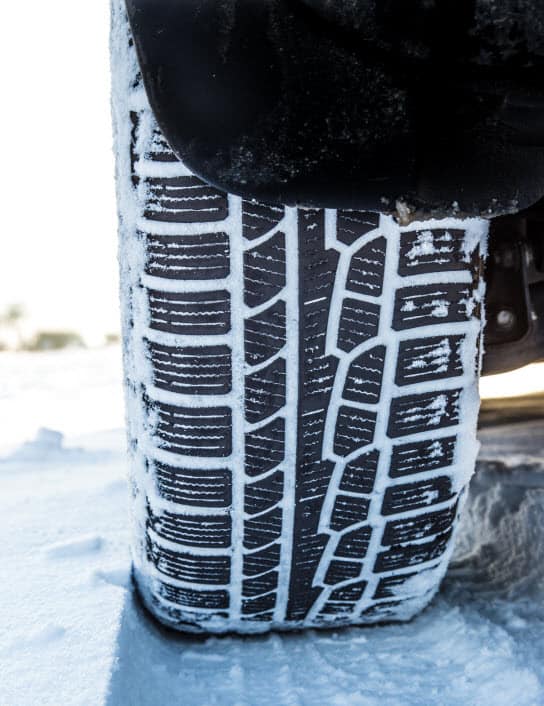
See also: How to choose winter tires for your car - a guide for beginners and more
To demonstrate the effect of tread depth on tire performance, ADAC experts were assisted by a test using 185/60 R14 tires with a depth of 8mm; 7.5 mm and 4 mm.
The specialists of the organization managed to obtain the following performance results ( % ):
The differences in traction are even more noticeable - in this case, tires require high-quality grip at the start and on slopes. The traction parameters depend on the depth of the sipes: during the movement, the grooves located on the tread “capture” the snow. At the same time, the edges of the lamellas adhere to a harder surface.
In tests, even tires with a tread depth of 7.5 mm were found to lose 60% of their traction when compared to new tires.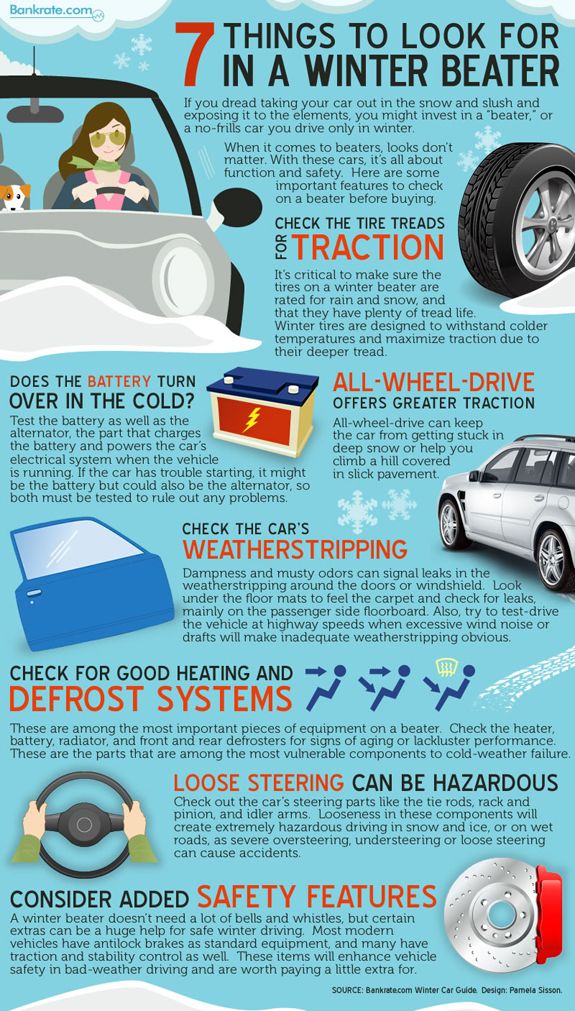 What can we say about rubber with a depth of 4 mm, which frankly does not reach even half of what the new winter tires showed. And if we take into account the legal norm of 1.6 mm, it becomes clear that such rubber will simply have nothing to row snow with.
What can we say about rubber with a depth of 4 mm, which frankly does not reach even half of what the new winter tires showed. And if we take into account the legal norm of 1.6 mm, it becomes clear that such rubber will simply have nothing to row snow with.
Additionally, during the tests, ADAC experts tried to test the traction of summer tires on snow . The maximum that they were able to "squeeze out" was about 25% of the traction force of the new winter tires, and an additional 7.5 m of braking distance when driving at a speed of 30 km/h.
One of the main rules when driving on wet pavement is to avoid sudden hydroplaning. It is necessary to maintain the absorption and removal of a sufficient amount of water by the tires.
During testing by ADAC, it was found that Tires with a tread depth of 4 mm gradually "float up" already at a speed of 63 km/h . At the same time, brand new rubber with a depth of 8 mm does this no earlier than when reaching a speed of 87 km/h.
Braking distance measurements while driving on wet asphalt at a speed of 80 km/h have shown that tires with a tread depth of 4 mm lose more than 7% of the total braking distance obtained to completely new rubber.
See also: Top tires for Ukrainian roads
Tests by ADAC experts have confirmed the difference between the braking performance of tires with different tread depths on completely dry pavement. But, oddly enough, here the advantage goes to the side of rubber with less depth. During operation, their tread blocks are flattened. This results in less deformation during braking and better tire-to-road contact.
However, in practice, it is impossible to meet absolutely dry roads in winter even in regions with a mild climate. Therefore, this cannot be considered an advantage.
AUTOMARKET expert's opinion: Tests by ADAC once again confirmed the importance of controlling the tread depth of rubber.
